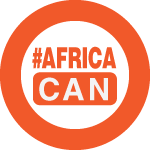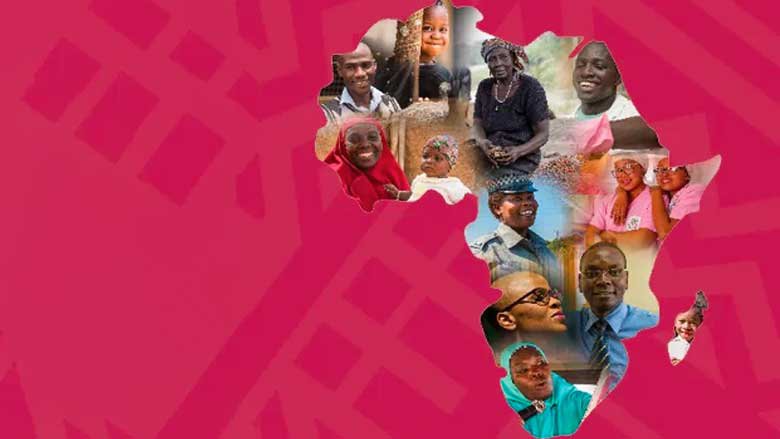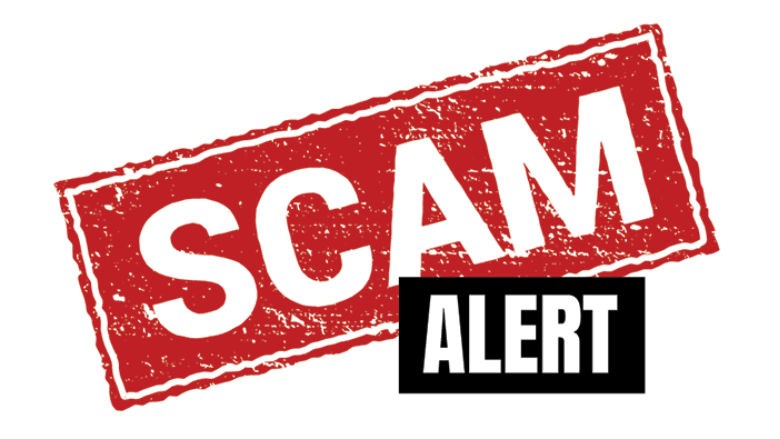Zimbabwe is a lower middle-income country with strong human and natural capital and significant growth potential. Building on its highly educated workforce, abundant natural resources, and recent advances in economic policy, together with key structural and institutional reforms, Zimbabwe could achieve steady and rapid growth and move towards an upper middle-income country status, which the Government of Zimbabwe (GoZ) has targeted for 2030.
Zimbabwe is highly competitive in several value chains in agriculture and agribusiness industries, including sugar, cotton, horticulture, meat, and dairy. Furthermore, tourism and mining of energy transition minerals–including ample lithium reserves–hold significant potential in the short term.
To realize this potential fully, Zimbabwe needs to find new ways to capitalize on existing and emerging opportunities for the private sector to drive economic growth and harness the country’s comparative advantages.
The recently completed Country Climate Development Report finds that Zimbabwe faces significant challenges from climate change, which do and will continue to impose high costs on the economy. The inability to finance development, climate adaptation, and mitigation leads to increased land degradation and less climate resilience. Zimbabwe can address these challenges by linking global value chains to its significant reserves of energy transition minerals.
Economic context
With growth rates of 6.1% in 2022 and 5.3% in 2023, Zimbabwe is one of the fastest-growing economies in Southern Africa, due to an expansion in agriculture, mining, and remittances-induced services growth. Real GDP growth is expected to decline to 2% in 2024 due to El Niño-induced droughts, lower mining prices, and macroeconomic instability. Ongoing power shortages have contributed to decreased industrial growth and disrupted winter irrigation.
Inflationary pressures have moderated since the introduction of the ZIG, but the exchange rate continues to be under pressure (as evidenced by a sizeable devaluation in late September 2024). The currency volatility limits formal sector production and undermines companies' and individuals' planning.
Macroeconomic pressures also persist on the fiscal side. The transfer of RBZ’s external debt to the Treasury, together with increased capital spending in 2023, has resulted in steep increases in the Treasury’s debt servicing costs. At the same time, the drought has increased fiscal pressures for drought-response and undermined tax collection. As such, fiscal consolidation and discipline are key to macroeconomic stability going forward.
Economic growth is projected to recover to about 6% in 2025 once the influences of the drought—especially on agricultural production and hydropower generation—begin to wane and ongoing investment initiatives start to increase mining and manufacturing production. In the medium term, the current account is expected to remain positive and improve, driven by increased mining activities for lithium and a recovery in gold production.
Key Developmental Challenges
The agriculture and food sector has ample opportunities for growth but faces numerous challenges. It contributes, on average, 17% to GDP, 40% of total export earnings, and provides employment to nearly 70% of the population through its multiplier effect. However, large inter-annual and seasonal climatic variability severely impacts the primarily rainfed production base. This is exacerbated by low levels of farming technology, declining soil fertility, and limited financing. The total agricultural output is set to contract by 17% in 2024 from 11.1% in 2023 due to the worst drought in 40 years. Additionally, the sector suffers from low investment, weak support services, and poor physical and institutional infrastructure. The livestock sub-sector, crucial for food, capital assets, and as a safety net for smallholder farmers, is hindered by animal health issues, diseases, zoonoses, and antimicrobial resistance.
Macroeconomic vulnerabilities and a difficult business environment raise the cost of doing business, which in turn limits structural transformation and investment and increases the informal sector. The investment climate is further hampered by inadequate electricity supply.
Public debt remains high and unsustainable, with rising debt servicing costs. To restore debt sustainability, a balanced approach is needed, including fiscal consolidation, growth-enhancing structural reforms, and resolution of external arrears and debt restructuring through the Structured Dialogue Platform.
Poverty reduction is constrained by structural factors like macroeconomic volatility, dependence on low-productivity agriculture, high correlation between weather shocks and agricultural production, and low coverage of social assistance programs.
The 2024 El Nino-induced drought is expected to be the worst in over 40 years, resulting in widespread crop failure, water resource depletion, and stress on pastures. The affected areas are home to almost half of the population, with over 40% of them experiencing food insecurity. Poor households, which spend about 48% of their total income on food, are hit hardest by reduced crop yields and increased prices. Consequently, many vulnerable households may fall below the poverty line. Additionally, the existing social assistance programs have limited coverage and effectiveness, which hinders their ability to alleviate the impact of such shocks.
Last Updated: Oct 18, 2024








